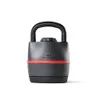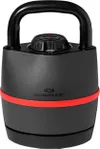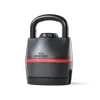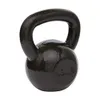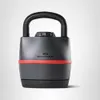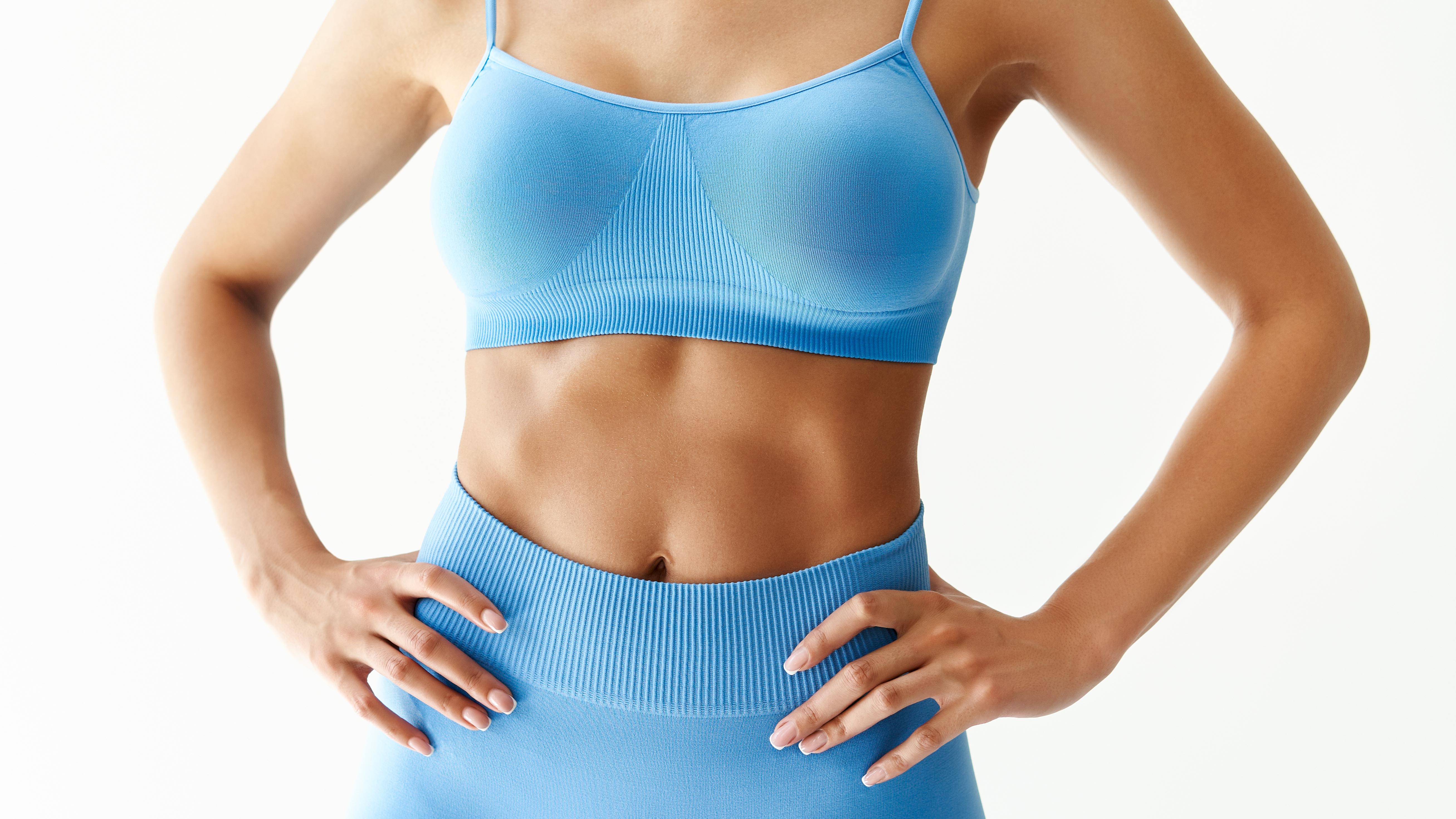
I’m not a massive fan of bodyweight workouts myself because I don’t always get the intensity I need from them. That’s not necessarily the fault of the exercise, because many bodyweight abs exercises are super effective.
Instead, it could be down to three potential things: technique, scaling options, or programming. So really, if a workout doesn’t do it for me and I’ve programmed it myself, I only have myself to blame.
With that in mind, I test all the workouts I create and mark for difficulty, exercise form and how exercises fit together as a routine. Only when I’ve tested it myself can I say for certain if a workout is going to work. And trust me, this one works.
What is the abs workout?
Inspired by gymnastics core workouts, these three abs exercises test balance, stability and control while building strength and endurance in these all-important muscles.
I would recommend one of the best yoga mats or similar to support your bodyweight, but other than that, you don’t need any equipment.
A post shared by Sam (@hopes_coaching)
A photo posted by on
1. Crunch tuck
The crunch tuck looks deceptively simple, and yet it has the potential to get your abdominals screaming pretty quickly. The idea is to generate as much tension in your midsection as possible while holding the crunch position, which means squeezing your muscles hard.
- Start on your back with knees bent and feet planted on the mat. Extend your arms alongside your body
- Squeeze your core muscles, then lift your upper back away from the mat and draw your forehead toward your knees as you reach your fingertips as far in front of you as possible
- Lift your legs away from the mat, keeping your knees bent, then draw your kneecaps toward your forehead
- Hold the position, then relax onto your mat.
2. Hollow hold
The hollow hold is a useful exercise to know if you plan to improve your gymnastics skills this year or if you enjoy bar exercises found in CrossFit, like toes-to-bar or muscle-ups.
Get instant access to breaking news, the hottest reviews, great deals and helpful tips.
Learning to generate the hollow position teaches your body to control static positions, which rely on core strength and stability. It also teaches your body to generate momentum from your powerhouse midsection rather than your arms or legs picking up all the hard work.
If you struggle to engage your core muscles properly, I strongly recommend learning this move.
- Start on your back with arms extended behind you and legs extended along the mat
- Lift your upper back, arms and legs into the air — think about creating the shape of a banana
- Point your toes and press your feet together and reach your fingertips behind you
- Keep your biceps hugged close to your ears and look ahead, slightly tucking your chin toward your chest
- Try to pull your ribcage toward your hips and vice versa, creating tension in your abs
- Hold the position. If you want more, gently rock forward and backward, ensuring your arms and legs don’t change position — your body should move as one unit.
3. V crunch hold
This is another static position that improves core engagement and stability. This time, your legs will stay extended in the air as your upper body reaches for your toes.
I love this isometric exercise (that means non-moving) because it tests balance and teaches you to breathe while holding tension in your stomach.
If you want to develop powerful core muscles, this move ticks the box.
- Start on your back with your arms extended behind you and legs extended along the floor
- Lift your legs into the air and flex your feet. The higher your legs, the easier the exercise becomes, as it requires less from your hip flexors
- Lift your upper back and arms into the air and reach your fingertips toward your toes
- Draw your belly button in and slightly tuck your pelvis and ribcage as you continue to reach up and hold.
Once you’ve nailed each move, try working for 45 seconds and take 15 seconds to rest, performing 5 rounds for a 15-minute abs workout.
As you perform each exercise, use your mind-muscle connection as much as possible. This means focusing on creating tension and squeezing the working muscle groups.
Your mind-muscle connection has the potential to prevent injury, improve your technique, and increase results by enhancing activation levels and contractions.
More from Tom's Guide
- No, not sit-ups or crunches — this is the one low-impact exercise you should try to strengthen your core instead
- This "5-2-4 Fartlek" walking workout is my new obsession — here's why
- I asked a personal trainer how to build muscle after 40 — here's the 7-move routine they swear by

Sam Hopes is a level 3 qualified trainer, a level 2 Reiki practitioner and fitness editor at Tom's Guide. She is also currently undertaking her Yoga For Athletes training course.
Sam has written for various fitness brands and websites over the years and has experience across brands at Future, such as Live Science, Fit&Well, Coach, and T3.
Having coached at fitness studios like F45 and Virgin Active and personal trained, Sam now primarily teaches outdoor bootcamps, bodyweight, calisthenics and kettlebells.
She also coaches mobility and flexibility classes several times a week and believes that true strength comes from a holistic approach to training your body.
Sam has completed two mixed doubles Hyrox competitions in London and the Netherlands and finished her first doubles attempt in 1:11.
You must confirm your public display name before commenting
Please logout and then login again, you will then be prompted to enter your display name.
